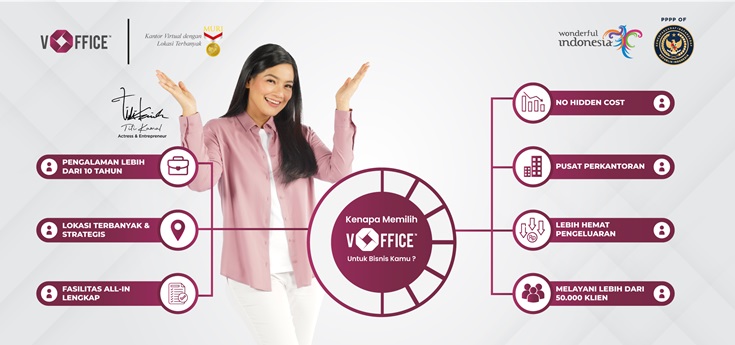Business risk is an integral element of the dynamic business world. With constant changes in the economic and industrial environment, a profound understanding of risk becomes the key to success. This article will delve into the concept of business risk, its types, how to identify them, and strategies for managing them to establish a solid foundation for success.
What Is Business Risk?
It can be defined as the likelihood of events that may have a negative impact on business objectives and outcomes. It’s essential to understand that risk is not mere uncertainty but involves concrete threats to operational continuity and business goal achievement.
Read Also: Business Ethics: Definition, Objectives, Examples
Types of Business Risks
Financial Risk
- Currency Value Changes Fluctuations in currency value can significantly impact international businesses, altering production costs and product prices.
- Financial Market Fluctuations Unstable financial markets can affect the value of investments and the liquidity of the company.
Operational Risk
- Human Errors Operational process errors can lead to financial losses and damage the business’s reputation.
- Technological Disruptions Technological system failures can halt business operations, causing production losses and customer loss.
Strategic Risk
- Market Condition Changes Market demand fluctuations and industry trends can threaten long-term business strategies.
- Industry Competition Intensive competition can force strategic changes to remain relevant in the market.
Identifying Business Risks
SWOT Analysis (Strengths, Weaknesses, Opportunities, Threats) serves as a crucial tool for identifying business risks.
- SWOT Analysis SWOT helps evaluate internal strengths, weaknesses, external opportunities, and threats, providing a comprehensive overview of the business position.
- Measuring Risk Level Risk measurement involves assessing the probability of occurrence and its impact. Probability and impact scales help assess risk levels systematically.
Read Also: Business Expansion: Successful Strategies & Best Tips
Managing Business Risks
- Developing Risk Management Plans Creating clear risk management plans helps proactively handle risks.
- Setting Risk Limits Establishing risk limits acceptable to the company is a crucial step to avoid uncontrollable losses.
- Implementing Risk Reduction Strategies Implementing strategies to reduce risks, such as product diversification or investing in security technology.
Case Study: Success Through Risk Management
Examining examples of businesses that have successfully managed risks can provide valuable insights.
- Examples of Successful Risk Management Businesses Telling the success story of businesses that have succeeded through effective risk management.
- Learning from Positive Experiences Offering practical lessons from positive experiences, inspiring other businesses.
Challenges in Overcoming Business Risks
- Resistance to Change Overcoming employee resistance to necessary changes for risk management.
- Inadequate Crisis Plans The importance of having effective crisis plans to handle emergencies and reduce the impact of risks.
Read Also: What is Hidden Business Costs: The Importance of Financial Transparency
How to Overcome Business and Entrepreneurial Risks
- Collaborate with Risk Experts Partnering with risk experts helps gain valuable external perspectives.
- Enhance Resilience Capabilities Building capabilities to recover from unexpected events and maintain operational stability.
- Flexibility in Business Strategy Being aware of changes in the business environment and being willing to adapt strategies quickly.
Positive Impact of Risk Management
- Increased Investor Confidence Effective risk management enhances investor confidence in business stability and resilience.
- Operational Performance Improvement Reducing operational risks contributes to efficiency and operational performance improvement.
Sustainability in Risk Management
- Routine Evaluation and Adjustment The importance of continually evaluating and adjusting risk management strategies.
- Effective Risk Monitoring System Implementing an advanced risk monitoring system to detect changes in market conditions and potential threats.
Conclusion
Business risk is an inseparable part of the business world. However, with a measured approach and effective risk management strategies, businesses can build a solid foundation towards success. Recognize, manage, and overcome these risks to achieve the full potential of your business.










